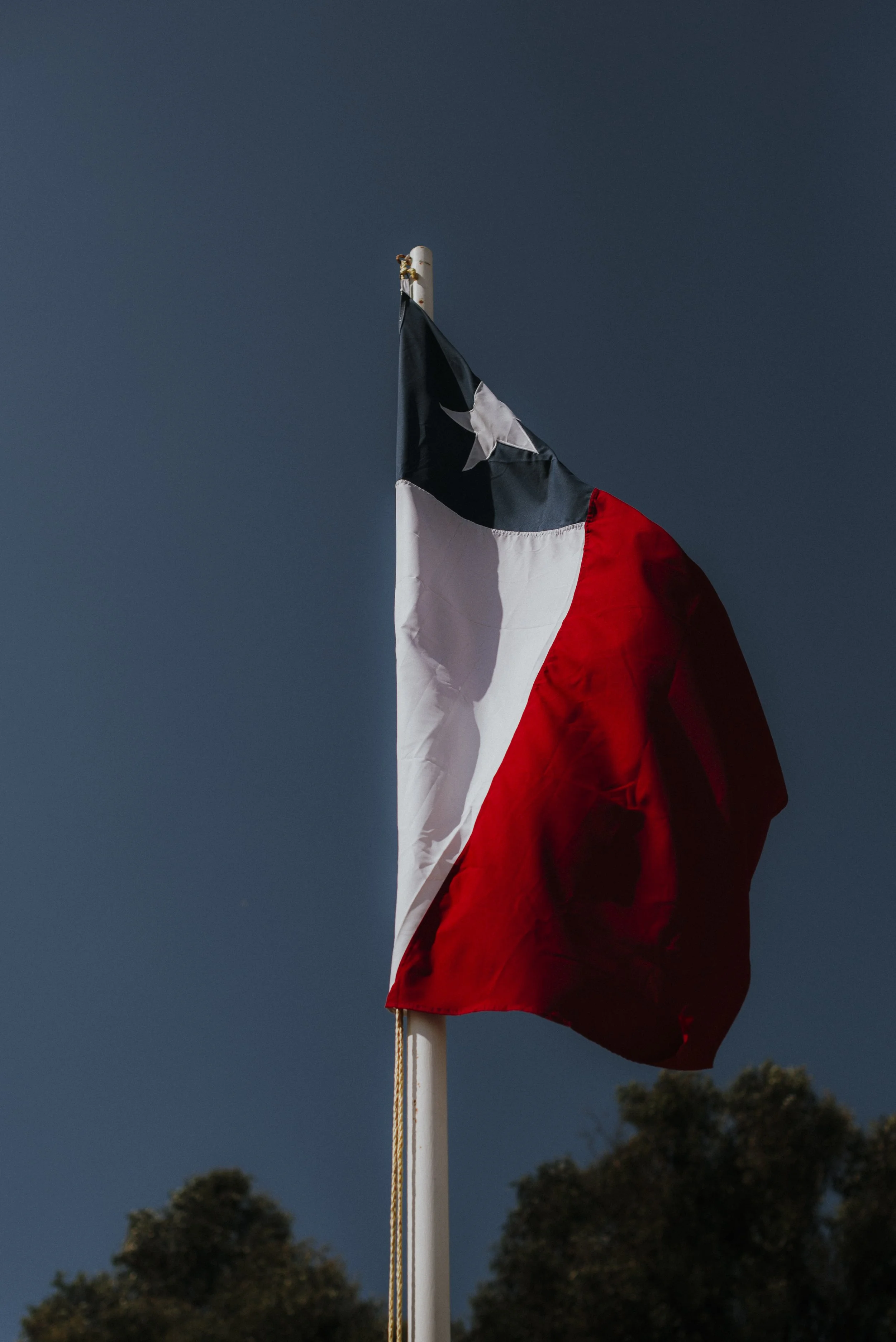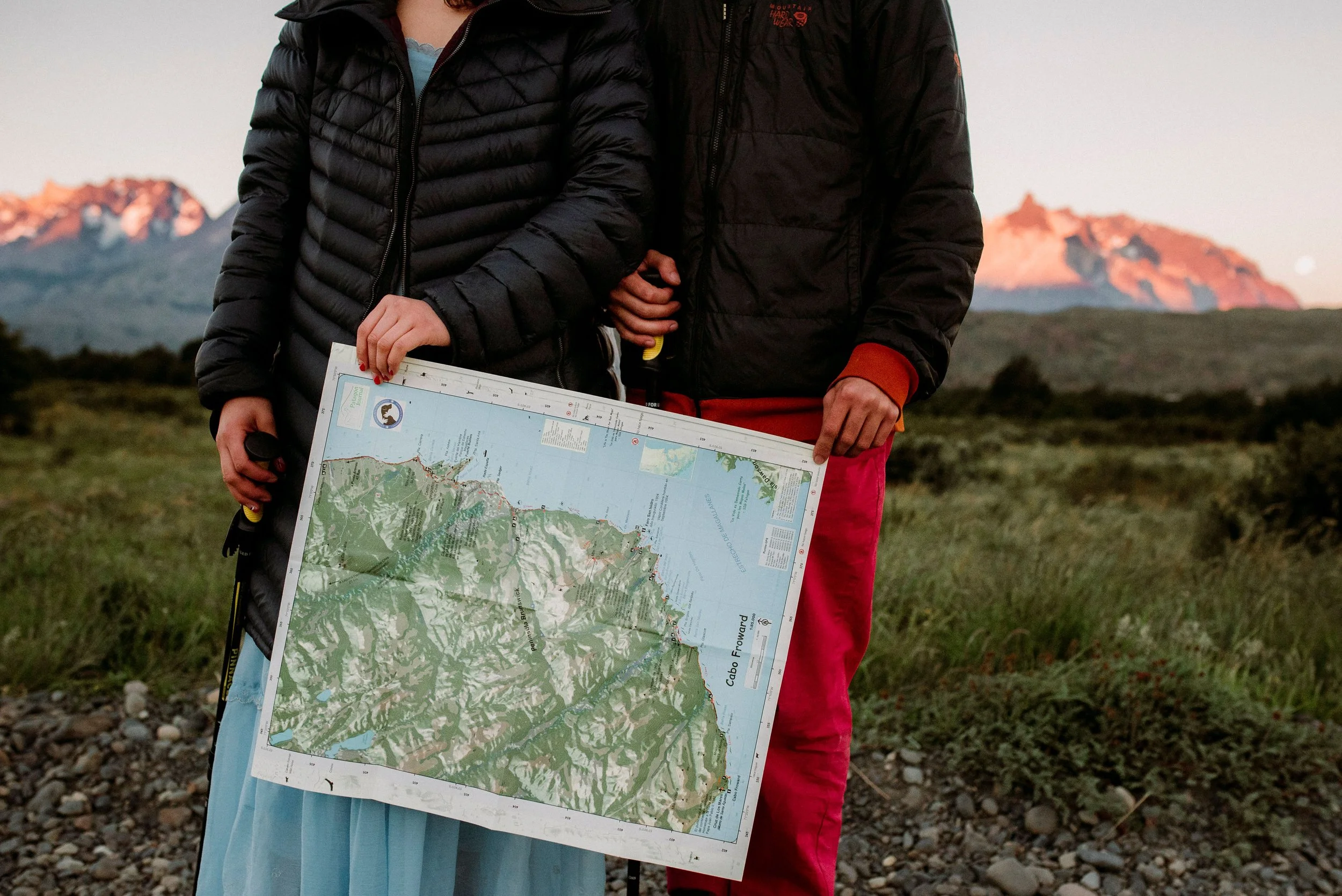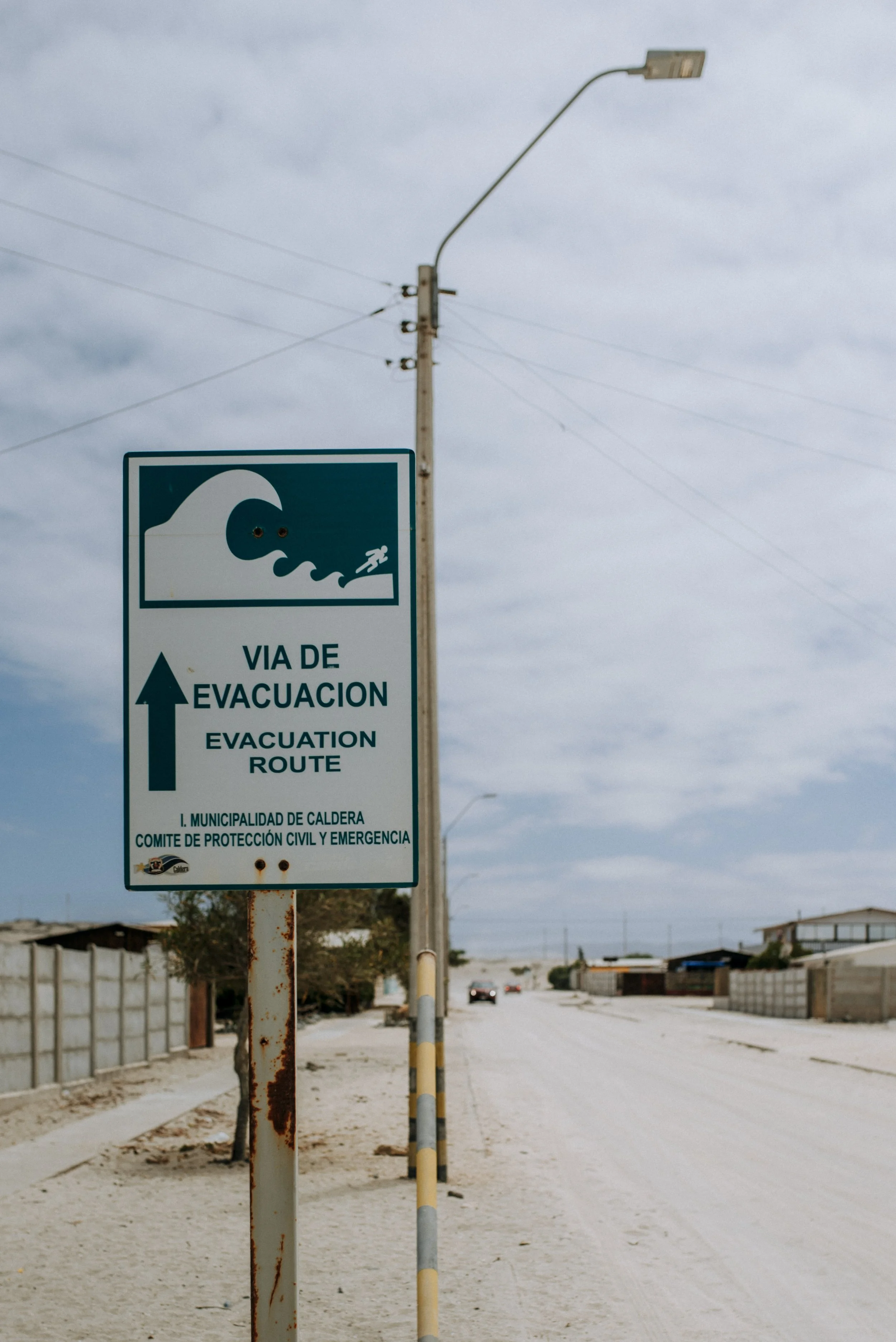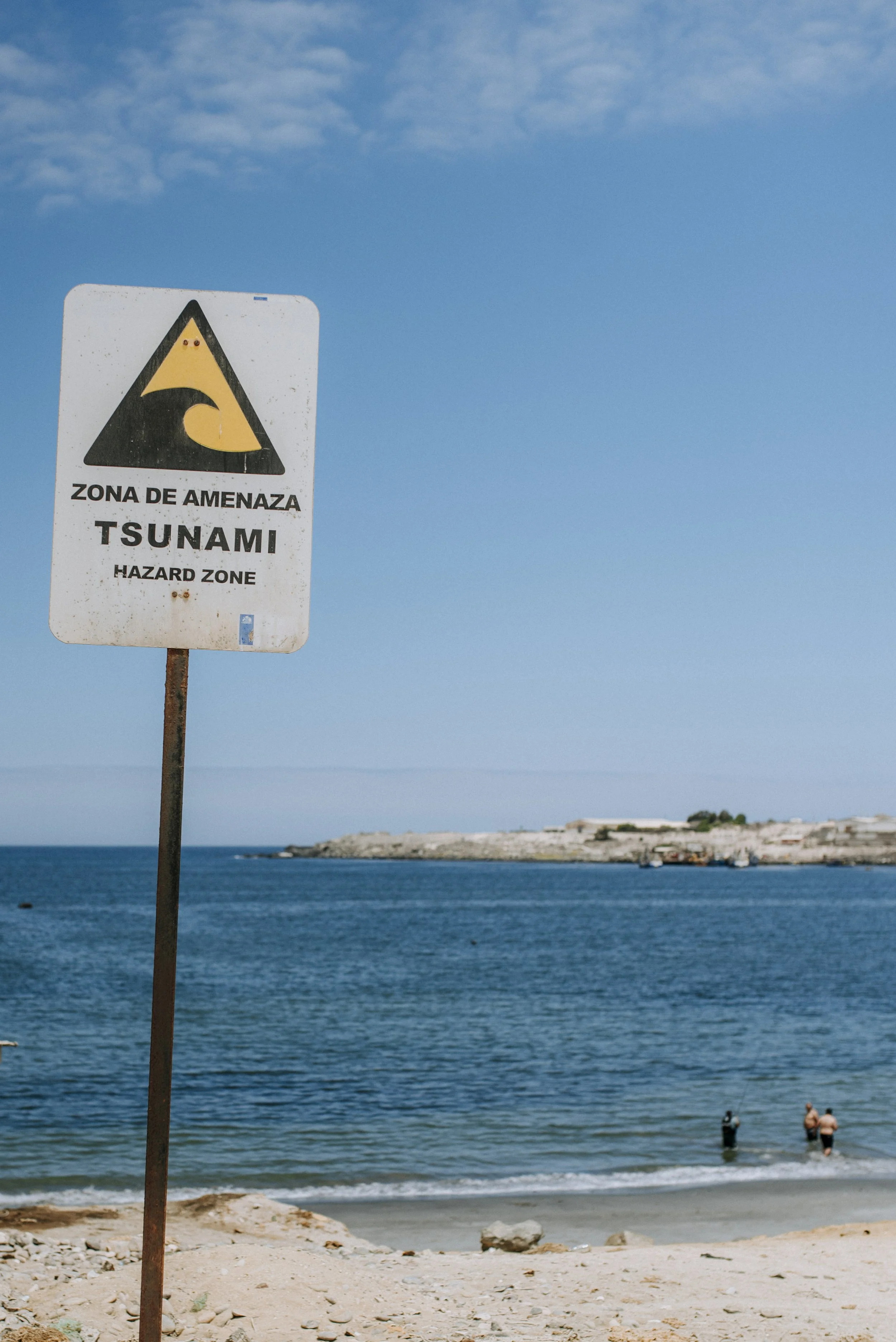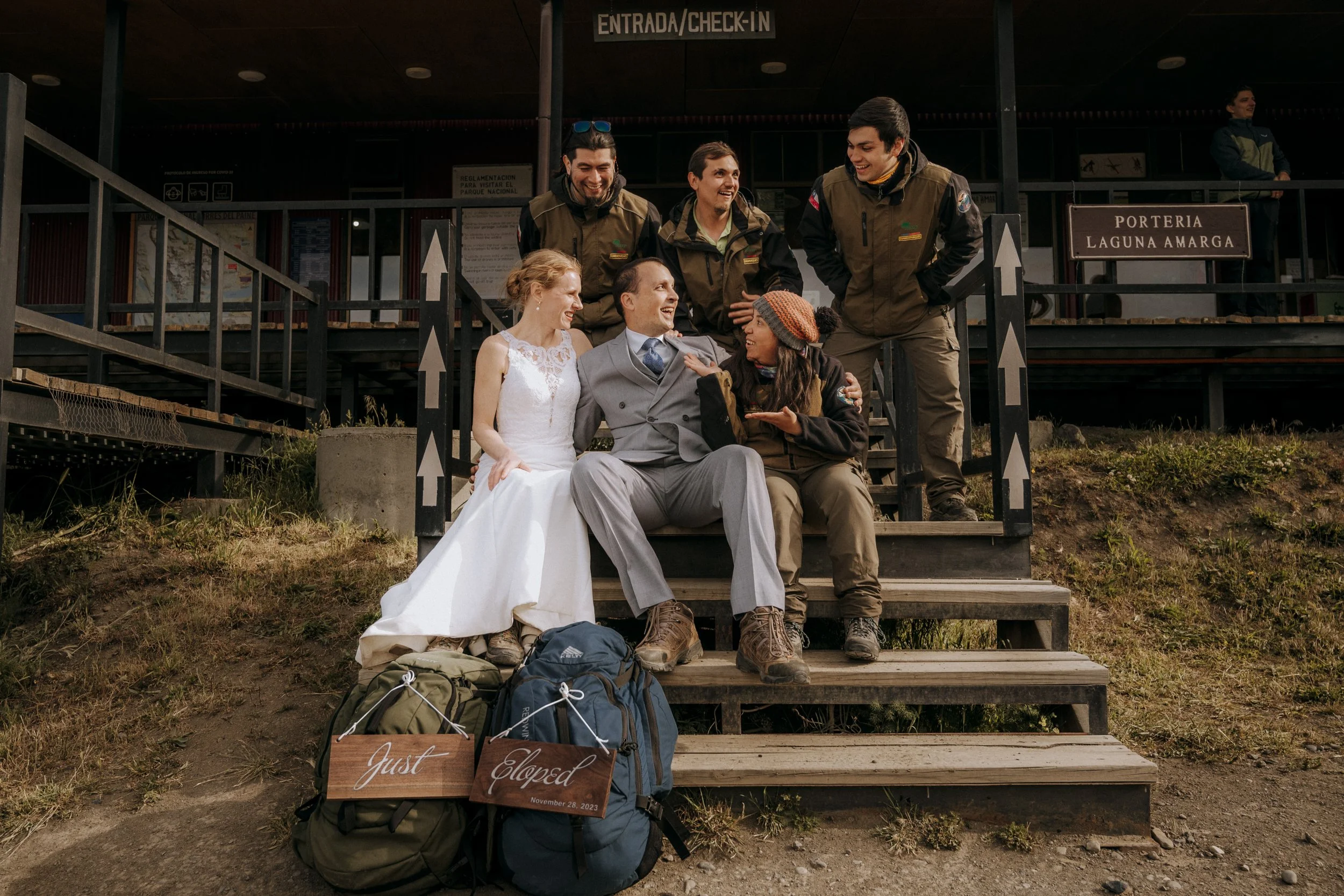What No One Told You About Chile
Many people tend to be really surprised when visiting Chile, mostly because of misinformation, so this is why I compiled this blog about Chile’s things that nobody tells you, that way you don’t find surprises when eloping in Chile.
Santiago, Chile’s capital
Chilean Flag
Although skinny, Chile is a very long country. Distances can be quite far. (Keep that in mind when planning an itinerary)
Chile is the most developed country in Latin America, which means its access to technology is also advanced and similar to the US.
Internet signal is strong, Chile has some of the fastest internet in the world.
AT&T offers free roaming to its clients in Chile.
The most popular way of communication is via WhatsApp and a phone call (also through WhatsApp). So make sure you download the app and get familiar with it.
MONEY:
Chile’s currency is called Peso (Peso Chileno).
If you plan on using cash, then bring a coin purse.
Even in the smallest stores, you can pay using debit/credit cards.
Make sure you have a card that doesn’t charge international fees.Don’t exchange money at the airport, they have the worst rate and fees. The best place is called Afex and there locations in many places.
Additionally, you should know that Chilean ATMs charge about $10 usd to withdraw money, and give you probably the worst exchange rate, so if you want to avoid this, here are my 2 favorite ways to get cash (metro areas):
1)- Sending myself money through the Money Gram app, and withdrawing that at AFEX (an exchange agency present in most malls).
Fees should be around $5 for up to $1k.2)- Getting cash back at Lider (Chile’s Walmart). At Lider you can get up to $80 in cash back with no additional fees, however, you must ask the cashier ahead if they can give you cash back as they do not always have enough cash flow for this.
SAFETY:
In regards to safety, The U.S. Embassy reminds U.S. citizens that Chile is classified as Level 2: Exercise Increased Caution in the State Department’s travel advisory
found here.
Pickpocketing is common at popular tourist destinations and shopping centers.
Rental cars are easily identified with sticker logos so do not leave any valuables in any vehicles.
Maintain a low profile in public and avoid going out alone, especially after dark. Travel in groups even in well-lit areas.
Avoid excessive jewelry, electronics, and carrying and flashing large sums of cash.
Avoid using your cell phone in public, and if you do, try to keep it low profile instead.
I carry a pepper spray in my pocket at all times, I suggest you include one in your luggage as well.
Be street smart!
You will not get kidnapped for ransom in Chile, but your phone might get robbed.
Alert a close family member and/or friend if you plan to travel and leave your contact information with them.
*** And most importantly, Do not physically resist any robbery attempt. ***
If you are traveling from the US, enroll in the Smart Traveler Enrollment Program (STEP) to receive Alerts and make it easier to locate you in an emergency.
Puerto Natales is a lot more safe than the rest of the country. You can walk freely with your cell phone in hand there, same in San Pedro de Atacama, and Easter Island (but beware while in Santiago or Valparaiso)
TRANSPORTATION:
Uber is still illegal in Chile, however, everybody uses it anyway.
But since it’s “forbidden” the Uber driver might ask you to ride in the front seat, or to wait at a nearby location (like around the corner), so be sure to check the message box within the app after requesting your ride.
A common example of this takes place at the airport, where Uber normally asks you to wait inside the parking garage to avoid getting caught, because only cabs are accepted within the airport premises, 3 times more expensive than an Uber, of course.
If you want to ride the subway in Santiago you will need a subway card, they do not sell one-time tickets, but Uber is cheap, so I advise you to ride Uber instead.
And by the way, Lyft does not exist in Chile.
Around Puerto Natales, San Pedro de Atacama, or Easter Island there is no transportation, so you’ll need Radio Taxi.
WEATHER:
November through March is summer weather, however, summer weather does not mean the same everywhere.
Santiago is dry, with an average of 100 degrees (30 Celsius).
Sunset sets at around 9 pm while sunrise is around 7 am.
Most places (residential and commercial) do NOT have Air conditioners.
The south on the other hand can be less hot with occasional rains (80 to 90F).
Patagonia is an entirely different animal, and the only thing I can say almost for sure is that it won’t snow. Aside from that, you can encounter sun, rain, wind, and a storm all on the same day.
What you will encounter the most is heavy wind, this means that traditional rain ponchos or umbrellas will not work here at all.
In my personal experience, I think what works best in terms of clothing is Smart wool clothes and lightweight rain jackets.
I like bringing an extra light jacket in case I get cold.
Hiking poles help to avoid falling due to wind, use them!
Also don’t forget a really good sunblock, UV sunglasses, and trekking shoes.
Bring a bathing suit!
In summary, make sure you have clothes for:
really hot/dry weather and rainy/chilly weather.
La Boca beach, Concon
WATER:
Water is potable, which means you can drink tap water, however, I would abstain from it the first few days as a precaution.
When buying water at the store, be aware that there are 3 versions of water: With gas, with light gas, and with no gas. Make sure you read the label or specify this when buying.
Water is never free at restaurants, ever.
Chilean Breakfast
MEALS
Chileans have 4 distinctive meals:
Desayuno (breakfast)
Almuerzo (lunch)
Merienda
and Dinner,
but just like Americans like to combine Breakfast and lunch into Brunch, Chileans also tend to combine the merienda and dinner into Chile’s most distinctive meal “La once”.
This is important to know because when you go out to restaurants for dinner, you might not find any dinner-like meal, as restaurants are preparing for Once.
On the other hand, lunch is the strongest meal of the day, so it tends to be abundant.
Some restaurants offer a special for lunch and they call this “menu”, and consists of a 3-course meal: Soup or salad, a main course, and dessert”.
During “La once”, it is customary to drink hot sweet tea, eat bread, and some sweet pastry.
Meanwhile, for breakfast, it is customary to have coffee and bread with “palta” (smashed avocado) or eggs.
Chile is the country that consumes the second largest amount of bread in the world, so expect fresh bread at all times, everywhere.
NATURAL DISASTERS:
And not to alarm anyone, but Chile still holds the record for the strongest earthquake ever registered, and earthquakes happen several times a month.
Chileans refer to earthquakes as “earth-shake” or “temblor”.
Earthquake intensity is measured on a 1 through 10 Richter scale. The average temblor in Chile is usually 5 grades on the Richter scale, which means everybody will feel it.
Chile has rigorous parameters for earthquake infrastructure, so while an earthquake rated 5 in some places destroys an entire city, in Chile people don't even bother to leave their chairs.
“A lot of earthquakes and earth-shakes take place at night, so I advise you to keep your important things together, leave a clear path in case you do need to escape, and avoid sleeping naked.”
If you are near the coast, and an earthquake is above 6r, the government might issue a Tsunami warning. Everybody will begin to walk away from the ocean, generally towards the mountains, so make sure you follow the Tsunami signs or the mass.
LANGUAGE
Chileans are friendly people who speak their own Spanish dialect, so don’t feel confused if you try to practice your Spanish but you don’t understand, they know, but they’ll go out of their way to communicate with you.
Around the metro areas, you might not find a lot of people speaking English, but most people around Patagonia will, as it is more tourist friendly.
Overall, Chileans are friendly people who will always go out of their way to help you, to make you feel welcomed, embraced, and understood :)



